| marc7 travels |
|
Angono is a town that is overflowing with creativity and artistry. Having cultivated two well-loved national artists, it is no surprise that it is dubbed as the "Art Capital of the Philippines". Walking its streets stirs that inner creativity in you as you get to be amazed as to how their rich culture is incorporated in their daily lives. In this town, they live and breathe the arts. An hour away east of Ortigas is the humble and unassuming town of Angono. This small lakeside community was established as a pueblo in 1766 and it was only in 1938 that it was duly recognized as an independent municipality. Local folklore claims that its name was derived from "Ang Nuno", an all-knowing mythical creature who lives in a balite tree. So do not be surprised if you find sculptures of this small creature scattered around town. The municipality is a popular tourist spot for three things - the oldest artwork in the country, its homegrown artists, and the Higantes Festival. All three sums up the town's rich cultural heritage which lives on to this day. Join me as we tease our artistic side with the colorful tapestry of Angono in Rizal. Angono Petroglyphs With 127 static and animated figures, the Angono Petroglyphs is the oldest artwork in the country dating back to the Neolithic period. It was the late National Artist Carlos "Botong" Francisco, together with several boy scouts, who discovered the rock shelter bearing these wall carvings in 1965. It was declared a National Cultural Treasure in 1973. A small walkthrough cave serves as its main access to the rock shelter where the petroglyphs can be viewed. The complex is under the management of the National Museum where a small gallery was installed that showcases Rizal's cultural and artistic heritage. A viewing platform was installed where guests can have a view of these drawings from a safe distance. Archeological excavations have been done in the area that yielded artifacts dating back to the Neolithic Age. Beyond these artworks, the rock shelter is believed to be a sacred place or a "dambana" by early inhabitants of Rizal. The wall carvings were created by the early community and were not born as a form of a creative outlet. The shelter was believed to be a place of faith for its early inhabitants where they believe that by carving out the sickness, onto the limestone walls, cures the child of the ailment. The Angono Petroglyphs was born as an act of faith to later transcend into an opportunity for us to learn and understand the ancient beliefs of our ancestors. It is an amazing and enriching example of how artworks can serve as a window to the past. Balaw-Balaw Restaurant and Art Gallery Two things make this restaurant a must-visit place when you find yourself in Angono - the artworks and its exotic dishes. Tucked a few meters from the diversion road, Balaw-Balaw Restaurant and Art Gallery is a famous food stop in Rizal. You really get that artistic vibe as soon as you step into the place because it is brimming with artistic creations - from wood sculptures, paintings, to miniature paper mache higantes. Its varied art collections give you that impression that you are part of a bigger artwork. It is a visual delight that will make artists and the non-artists appreciate the visual arts. Balaw-Balaw is not just an art gallery. It is also a restaurant that offers, not only the usual, but it is more popular for its unusual menu. This is one of the places to head off to for that exotic Filipino dishes that creeps you out before it fills you up. You can enjoy its more mellow flower salads to the gut wrenching Uok (wood crabs), kamaro (crickets), or tapang baboy damo (cured and dried wild boar meat). Nemiranda Arthouse A few meters further down the road is the Nemiranda Arthouse. It is not hard to miss because of its commanding concrete sculpture of Malakas at si Maganda - the Filipino's version of human creation. The arthouse is the brainchild of internationally recognized artist and Angono talent, Nemesio Miranda who popularized concrete sculpture in his beloved hometown. You will be amazed at the relief sculptures of Filipino folklore characters in and out of the arthouse as the talents of Nemiranda showcases the mythical charm of Angono from "Ang Nuno" to "The Mermaid of Angono". These local mystic creatures is imbedded on the artist's perspective that revolves on folklore, family, love, and environment. Expect to be transported to the realm of local Filipino folklore as soon as you step inside the Nemiranda Arthouse. The arthouse is not only a repository of Nemiranda's artworks but is also a living testament of the creativity that runs in the Miranda family. It houses the artworks done by his children standing alongside their father's. An amazing visual representation of how love in the family transcends into fascinating artworks. Angono Municipal Hall and Poblacion Walking towards town, you would notice that local governance has also embraced the art in Angono. The Angono Municipal Hall is void of the stiffness and pompous display of power because of the artistic touch with its design. Concrete sculptures of local folklore characters give its compound a softer tone. As you walk along the streets of the Poblacion, you would notice how the arts are kept alive in their communities. Sculptures of "Ang Nuno" can be seen in almost every corner in town. The notes and lyrics of National Artist Lucio San Pedro are engraved on concrete fences along the street. No walls are left empty but are filled with visual artworks of Filipino life. Angono is an art gallery in itself. You can stop to admire a mural or hum a tune anywhere in the poblacion. Walking its streets while watching its locals go be their daily run is like watching an artwork come to life. St. Clement Parish The St. Clement Parish started out as an unlicensed vista in 1854. It was only after an earthquake in June 1863 that damaged the Capellania in Biga that plans to develop the St. Clement Vista into a church. This movement led to the construction of a bigger church made of Mulawin posts, bamboo, and cogon that was completed in 1866. The construction of the current church structure started in 1877. It was a very slow progress and was finally completed in 1930 with the installation of its belfry. The church went through another round of improvements in 1955. Unlike other old churches in Rizal, The San Clement Parish differs with its design. Its facade is simple with a more modern feel. The belfry proudly stands atop the left side of the church. Its interiors complement its facade with its simplicity. The retablo will definitely catch your attention with its intricate designs. Blanco Family Museum A few blocks from St. Clement Church is another art gallery that showcases the artworks of ALL family members - the Blanco Family Museum. Established in 1980, the art gallery showcases the art works of the patriarch Jose Blanco, his wife - Loreta Blanco, and their seven children - Glen, Noel, Michael, Joy, John, Kaye, and Peter Paul. The gallery is divided per member that showcases their artwork from their first as kids to the latest. Guests will be impressed with the paintings that works on the school of Realism. You will be amazed with how the family was able to capture rural life in their paintings. I was totally blown away by Jose Blanco's huge canvass of a fluvial procession filled with devotees. The intricate details is so amazing that you could actually feel the emotion on every face on the painting. Our guide actually shared that each individual on the painting is unique in their detail that no one looked the same. It was amazing to walk through the halls of the gallery where you get to enjoy amazing artworks of a whole family. Come to think of it, family time for the Blanco family probably meant that it was time to bring out the canvass, paint brush, and paint. Angono Lakeside Park Angono is one of the municipalities along the banks of Laguna de Bay and, after a unified effort between the LGU and the Angono community, the banks on which the land meets the lake, was developed into a public leisure park - the Angono Lakeside Park. The park is just a five minute walk from the Blanco Family Museum and is a favorite afternoon spot of the locals. The park offers an amazing view of the lake and the surrounding areas. On a clear day, the skylines of Metro Manila serves as an amazing backdrop to the placid waters of Laguna de Bay. It is an amazing spot to watch the sunset while chewing on your favorite afternoon snack and enjoying the light breeze. Higantes Festival Angono's penchant for the arts culminates with their yearly grand celebration of the "Higantes Festival". The major streets of Angono are filled with locals and spectators as the image of San Clemente is paraded around town culminating with a fluvial parade along Laguna de Bay or "Wawa". Parehadoras also join in the festivities. These are young girls in traditional, sometimes creative costumes, with their bakya or wooden slippers and a wooden paddle. They also fill the streets with music and dancing as thanksgiving for the bounty that Laguna de Bay brings to the community. The highlight of the procession are the "higantes" - a giant effigy made from bamboo, colorful clothing, and a paper mache as its head. This "higantes" dance to the beat of the band to the delight of the spectators. Be forewarned though that chances of getting wet during the celebration because part of the festivities is getting doused with water. And if you are lucky enough, you might even get a hug from the "taong putik" - a man splattered with river mud who is out on the street giving out free hugs. POST TRAVEL NOTES Angono may seem to be a small sleepy town east of Manila but deep within its streets and daily runs is a community that prides itself with a rich cultural and historical heritage. This is a town that lives and breathes on creativity. Their artforms are not confined in museums and art galleries. It seeps out to the streets that it forms part of their daily lives. It is a place where artists, and those who are not, can easily find inspirations for their own creative outlets. I have to admit my own realization why it was only now that I have written a blog about Angono’s colourful culture and heritage. Like most of us, there are a lot of places that we take for granted because it does not fall under the perception of the usual “flashy” tourist spots of the country. Angono made me realize that beyond the perceived “sleepy little town” notion are small treasures that will surprise and amaze you. The town of Angono is a breather. If you are looking for a quick escape from the city then taking that 1-hour trip to Angono is definitely worth it. Who knows… you might end up unwrapping the more creative side in you. Getting there: You can take Pubic Utility Vans in Megamall or Robinsons Galleria that go straight to the town of Angono. Public Utility Vans to Angono are also available at the Santolan Station of the LRT. Tricycle is the mode of transportation around Angono.
1 Comment
It's been a while since I hiked the mountains. I vaguely recall the last time that I put on my shoes and take on the view from the top. Being the beach person that I am, I find solace and peace of mind with the feel of the sand on my feet and hearing the sounds of waves breaking on the shoreline. Between the mountains and the sea, there's definitely no question to that. But now with the rainy weather comfortably setting itself in, the rain and the beach is not exactly the best combination. So what other options do I have? A soft ping on my FB messenger a few weeks back got my attention to explore a new trail that Masungi Georeserve was opening. Since its opening in 2015, the Masungi Georeserve has become one of the favorite daytrip venues for metro residents. Its Discovery Trail, combines trekking, spelunking, and rope activities that surely gave us the thrills and the chills. You can read more about our Masungi Discovery Trail adventure here. On the other side of the fence or should I say the other side of the road, the Masungi Legacy Trail promises to give a different kind of experience. It gives its trekkers a more in-depth look on the conservation efforts being done on the southern part of the Sierra Madre. It combines leisure hiking, learning, and a touch of relaxation while going through the designs of its activities - Kawayan, Tree-Nurturing, and Amihan. Kawayan Hiking through the mountain trails of Baguio was part of my childhood activities, having spent most of my elementary years in the city. I guess this is where I acquired my love for the outdoors. Masungi's Legacy Trail brought back those memories with its no-frills hiking activity - no rope works and just plain trekking through its cemented and muddy trails. The trail hike snakes through the lush greeneries of secondary tree forest covers and grasslands. Designated trail stops was an opportunity to rest and to learn as John, our guide, shared valuable information about the conservation efforts being done by their team. Its interesting that the construction of the road that passes through reserve caused the denudation of its forest covers. He explained to us that the forest cover of secondary trees, instead of dipterocarp, was evidence of the denudation of the area's forest cover. The focus of their efforts is to restore the forest cover with narra, yakal, etc. The reserve sits within the upper Marikina Watershed, a declared protected area of the DENR. But more than the efforts to restore its forest cover, Masungi rangers also faces the problems of professional land grabbers and treasure hunters. They drive the point by keeping a fake property signage and a treasure hole intact for its guests to see how these affects the ecosystem in the area. There are even cases where these land grabbers would intentionally set grasslands on fire just to hamper their conservation and reforestation efforts. Did you know that the presence of the tibig tree indicates that a water source is nearby? A small stream with spring water gushing through the reserve was a welcome relief for everyone. The sound of water running and the feel of the cold water on our skin was a welcome relief from huffing and puffing through the trail. And if you are lucky, you will get a chance to have a taste of wild berries and bugnay fruit along the way. The main highlight of this part of the flight of 400 steps to the park's grassland areas. The rock steps were carved out on the steeper portion of the trail with designated pit stops where you can catch your breath and enjoy the peace and quiet that nature offers. The trail cuts through a bamboo forest where the activity derived its name. The shade and the sound of bamboo leaves husting with the wind was enough to cool us down. At the top of the 400 steps is another pit stop with lounging chairs made from rope nets. Another IG-worthy spot to enjoy. This is where we took a short rest before proceeding to the next activity. We were lucky that day to chance upon a bird taking a bath by a pool of rainwater collected on a hollow tree trunk. Wow! The wonders of nature is very humbling. Tree-Nurturing As we broke out of the forest covers of Kawayan, we were treated with an amazing view of Rizal and Laguna de Bay. It was a refreshing feeling to just enjoy the blowing of the gentle breeze while getting myself full with the beautiful views. We caught a glimpse of Amihan along one of the pockets of pine trees of the reserve. Our guide explained to us that the patch of pine trees is the only ones left from its initial forest cover. These trees were planted during the Marcos era and also fell prey to illegal logging when road systems were constructed. As we moved further up the trail, we were treated with amazing landscape views of Rizal on the left, the Sierra Madre ranges on the right, and the peaks of "Susong Dalaga" in front. The sheer beauty of the rolling grasslands of the Sierra Madre was captivating. I realized how it can be more, if there was an abundance of trees. John explained that the grasslands were the hardest to maintain. The abundance of grass make it prone to fire to which some professional landgrabbers have already attempted to do. Their reforestation efforts are aimed towards the grassland area of the reserve. Masungi's reforestation can be summed up into two things - tree planting and tree nurturing. I presumed, like most people, that tree planting was THE key element of restoring forest covers. John was quick to correct us that, as important as tree planting, nurturing these trees was a very important aspect of the program. In no time, we were being taught on how to loosen up the soil around a seedling, take out weeds, and how to protect these small trees. The best part of the activity was being able to do it... that is learning by doing. I was able to nurture 4 tree seedlings. With hundreds of hectares to cover and protect, local forest rangers take time to cover the whole reserve. We were told that it will take another six months before the trees that we nurtured will be visited for another hand. But hopefully with more people taking the Masungi's Legacy Trail, and also hoping to encourage and challenge you to do the same through this blog, the waiting time for these trees to be nurtured will be shorter. Amihan It was not just all hike and nurturing, the Legacy Trail was designed to also allow its participants to enjoy and be one with nature. So after getting our hands dirty, we continued through the trail to Amihan, the rest and relaxation area. Amihan is the section that is the most popular and the most photogenic along the Masungi Legacy Trail. Its iconic rope works and floating cottages hugged social media headlines making it one of the most anticipated part of the hike. I have to admit - it does not disappoint. But before we went lounging around Amihan's nets, we were first treated with a very good lunch of Minalot, meals wrapped in banana leaves, and gumamela tea. The meal is composed of rice, a meat viand (usually adobo), vegetables, salted egg, and tomatoes. It was a good treat after a two-hour hike and tree nurturing activity. These meals are actually prepared by locals. John was nice enough to give us a two-hour rest and relaxation in Amihan where you can choose between the triangular floating houses or the parabolic ones. Blankets and pillows are provided to make your nap comfortable. After jumping around and having our photos taken, our group simply opted to relax on the rope nets, instead of the floating cottages. In no time, we were already snoozing our way to dreamland. If you still have energy to spare, you can also take a few more walks to the swing or to the campsite where you can enjoy a panoramic view of Rizal, Laguna de Bay, the peaks of "Susong Dalaga", and the mountain ranges of the Sierra Madre. At this time, the Masungi Legacy Trail only accepts day hikes but overnight stays will soon be accommodated once the campsite is already ready. Post Travel Notes When we speak about Masungi Georeserve, people often make reference to the spiderweb, the duyan, and all the other attractions of the Discovery Trail. These iconic attractions are etched in our minds and have been a point of interest for many. But beyond all these is a greater fight that the georeserve is facing. The fight to conserve what is left and to restore what was lost. This is the other side of the Masungi Georeserve, both literally and figuratively. Travel is an opportunity to learn and that is what the Masungi Legacy Trail drives its point. It goes beyond the usual fanfare and really makes its trail guests understand the deeper mission of their group. This is where you experience real deal day hiking, tree nurturing under the heat of the sun, and communing with nature under its shade. I challenge and encourage you to get your peers to try this new trail and I assure you that you will come out, not only refreshed, but with a deeper understanding that we have a bigger role to take in conservation. Beyond the sights and the sounds that Masungi Georeserve offers, it begs for you to answer one question - what legacy are you leaving the future generations? Getting there: You can check out the website of the Masungi Georeserve for the available schedule and rates for their Legacy Trail. The ongoing rates is currently at Php1000 (as of July 2018) and it is already inclusive of the Minalot Lunch Meal. Note that rates may vary at the time of your query. We highly suggest that you bring an car with you during the trip as commuting back to Manila from the reserve can be a challenge. Private cars may take Marilaque/Marikina-Infanta Highway from Cainta straight up to the Kilometer 47, the jump-off point of the Legacy Trail. The road will pass through Sta. Lucia, Cogeo, Boso-Boso, and Palto Alto. For those who are commuting, you can take a jeep from Cogeo to Sampaloc in Tanay. Ask the driver to drop you off at Kilometer 47 but be forewarned that going back to Manila can be a challenge. For those who want a hassle-free with everything included, you can get in touch with FB Travel Organizer - Kilometer Zero Ph. You can use the code: ViajerongPinoy-Marc, on the remarks for the best rate. |
Marc del Rosario
I believe in education, entrepreneurship, and caring for the environment. Archives
June 2024
|
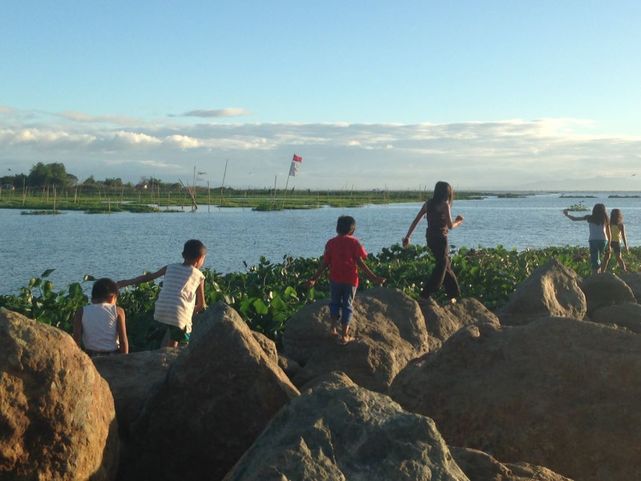
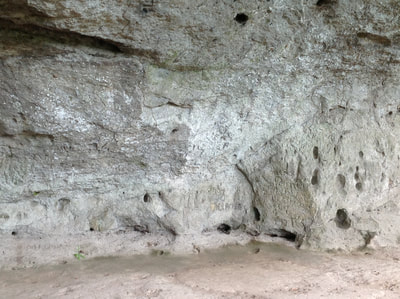
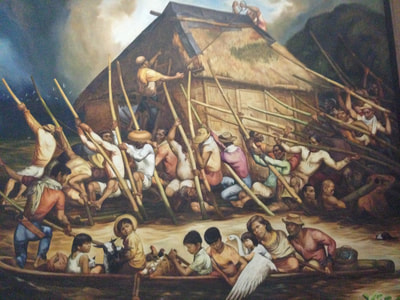
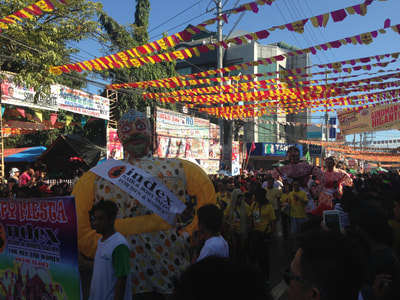
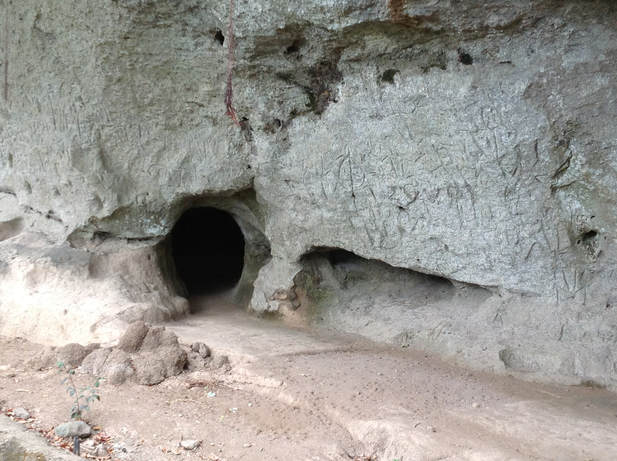
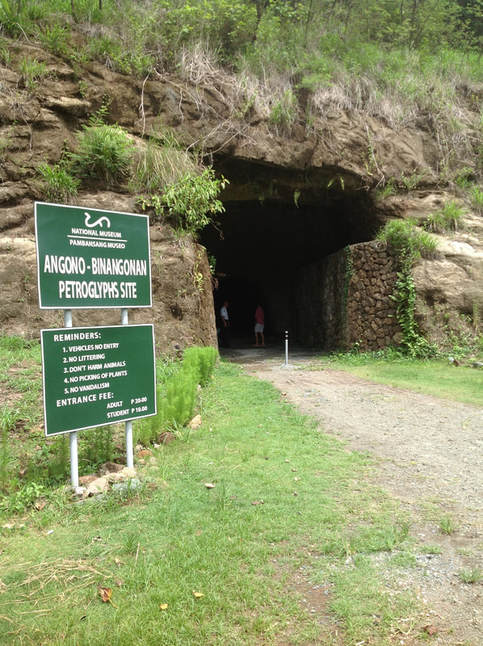
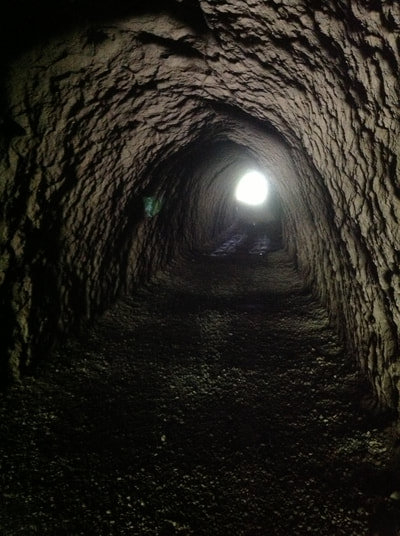
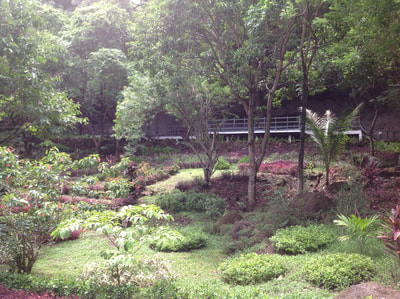
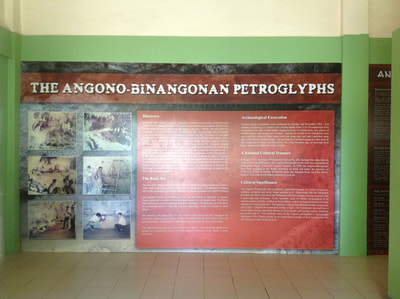
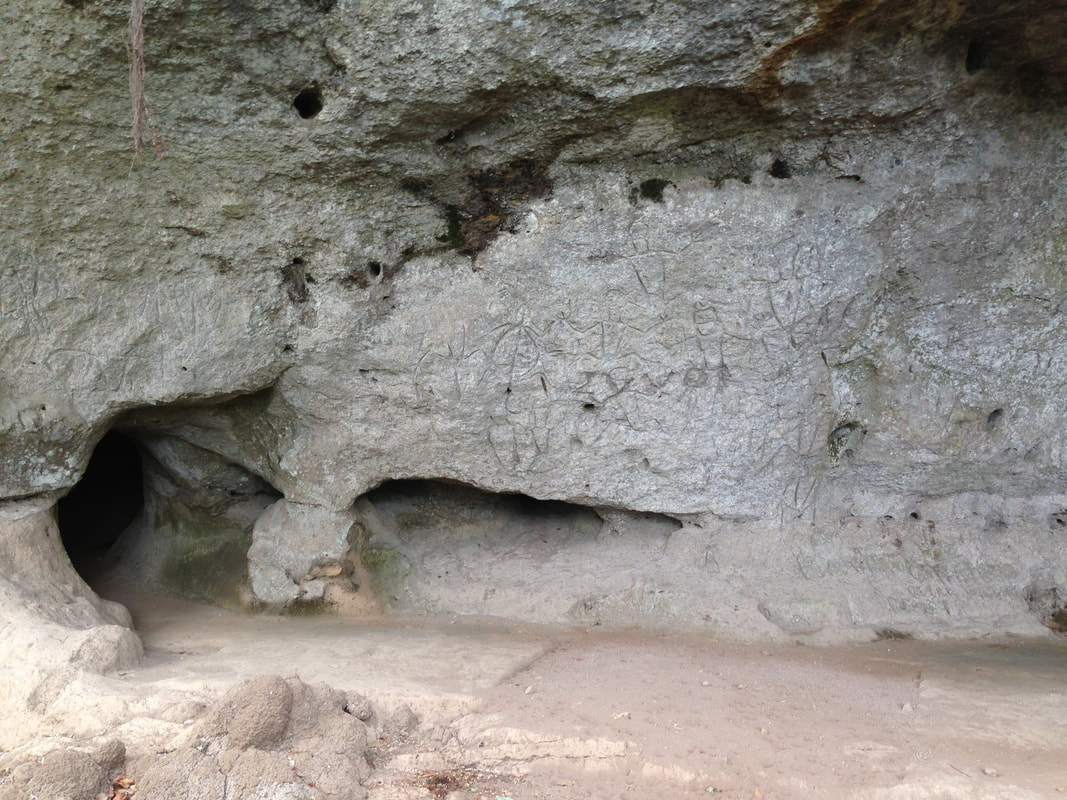
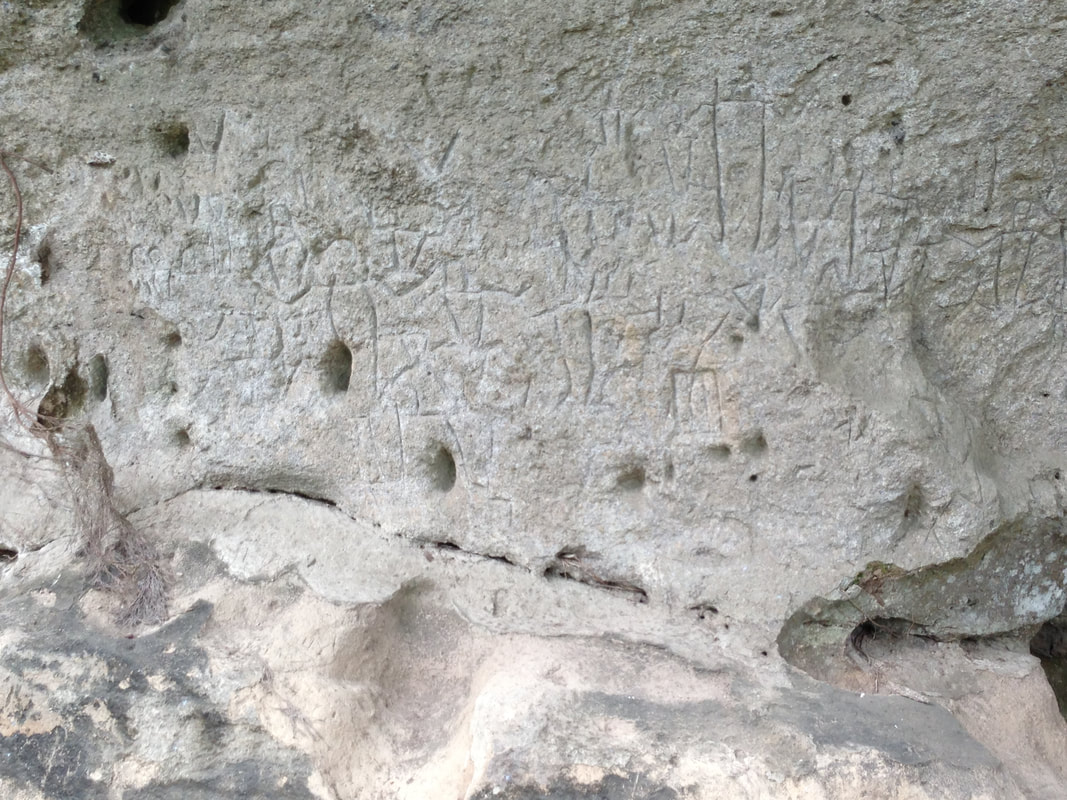
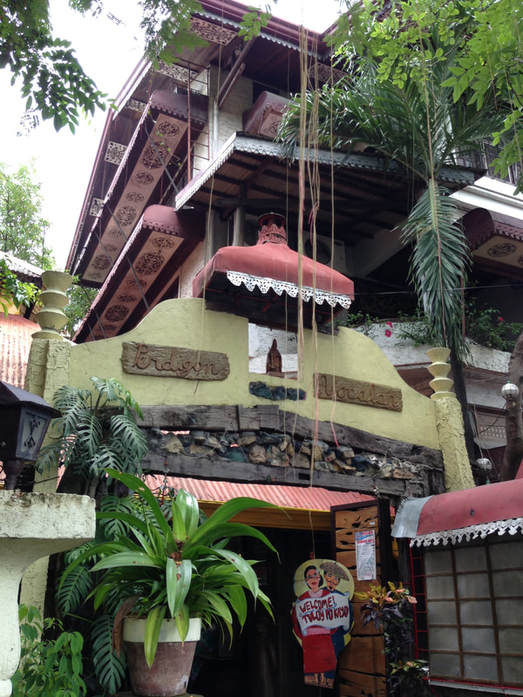
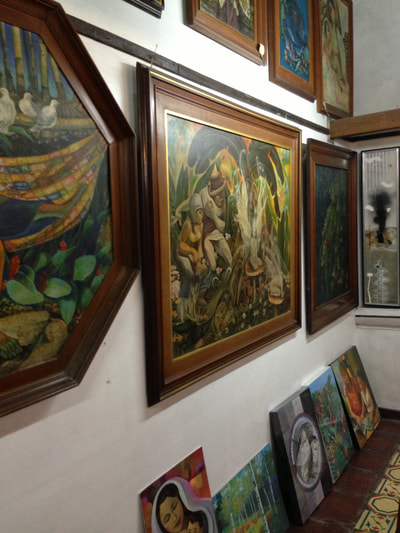
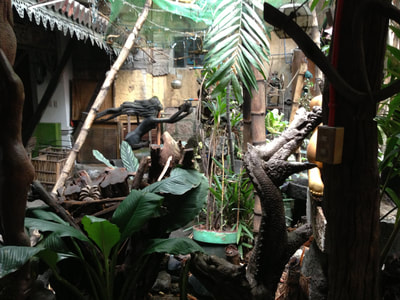
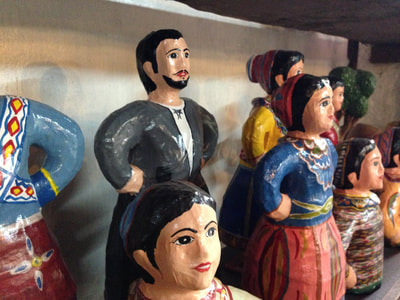
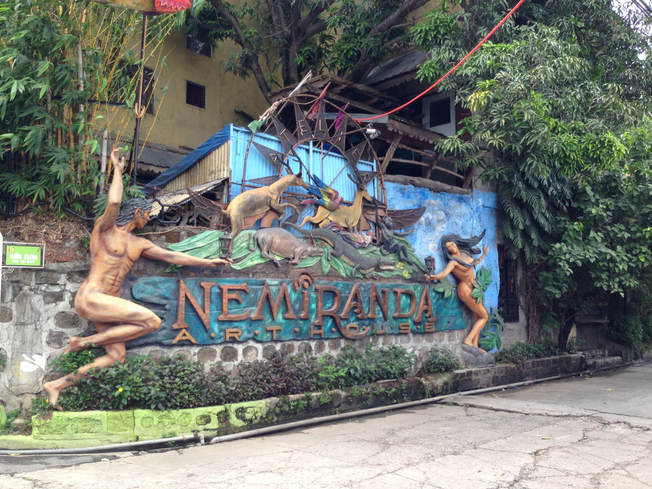
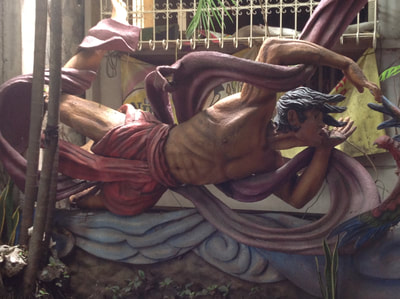
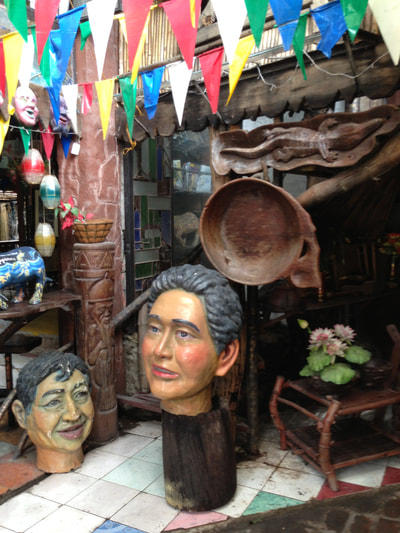
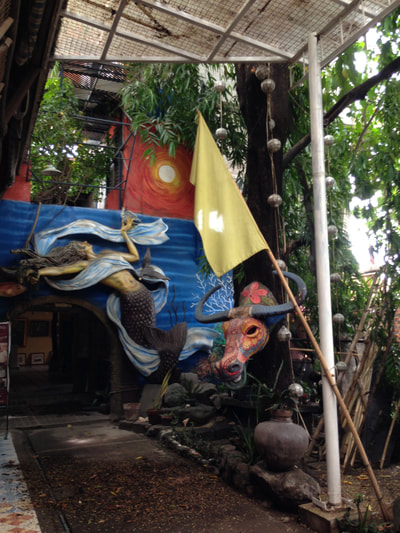
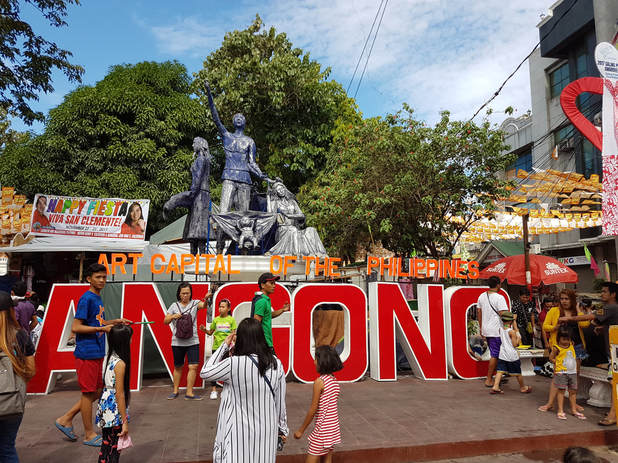
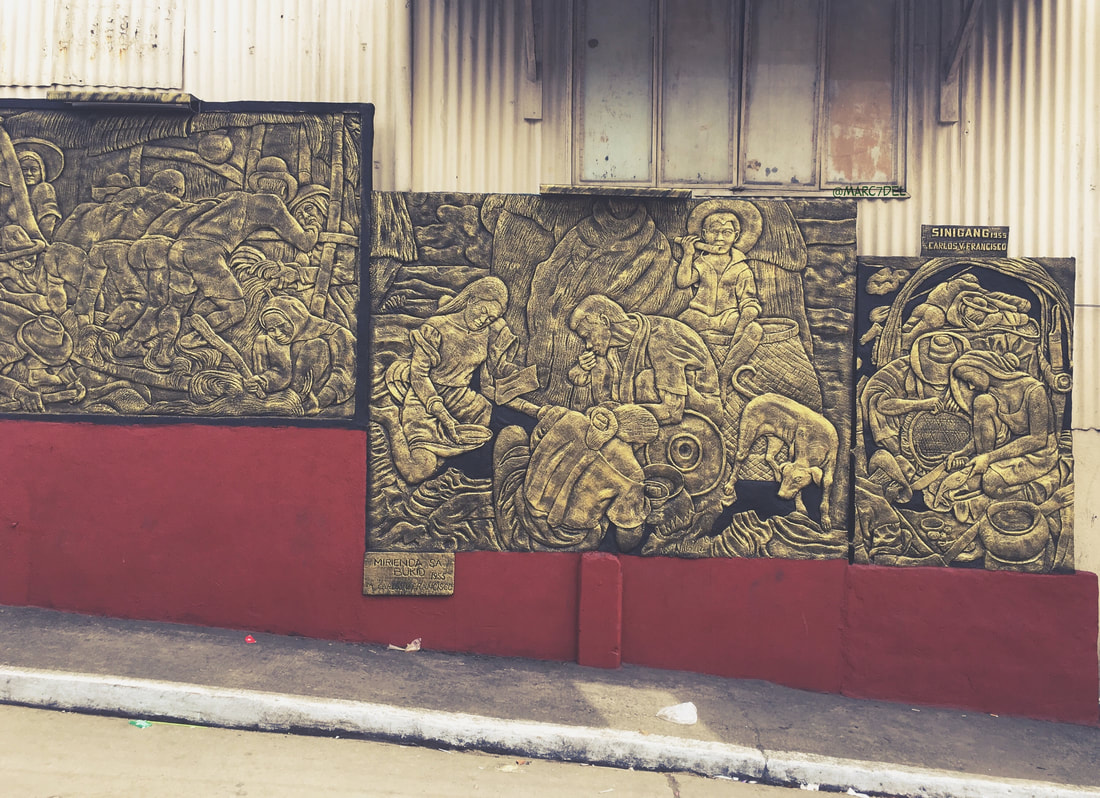
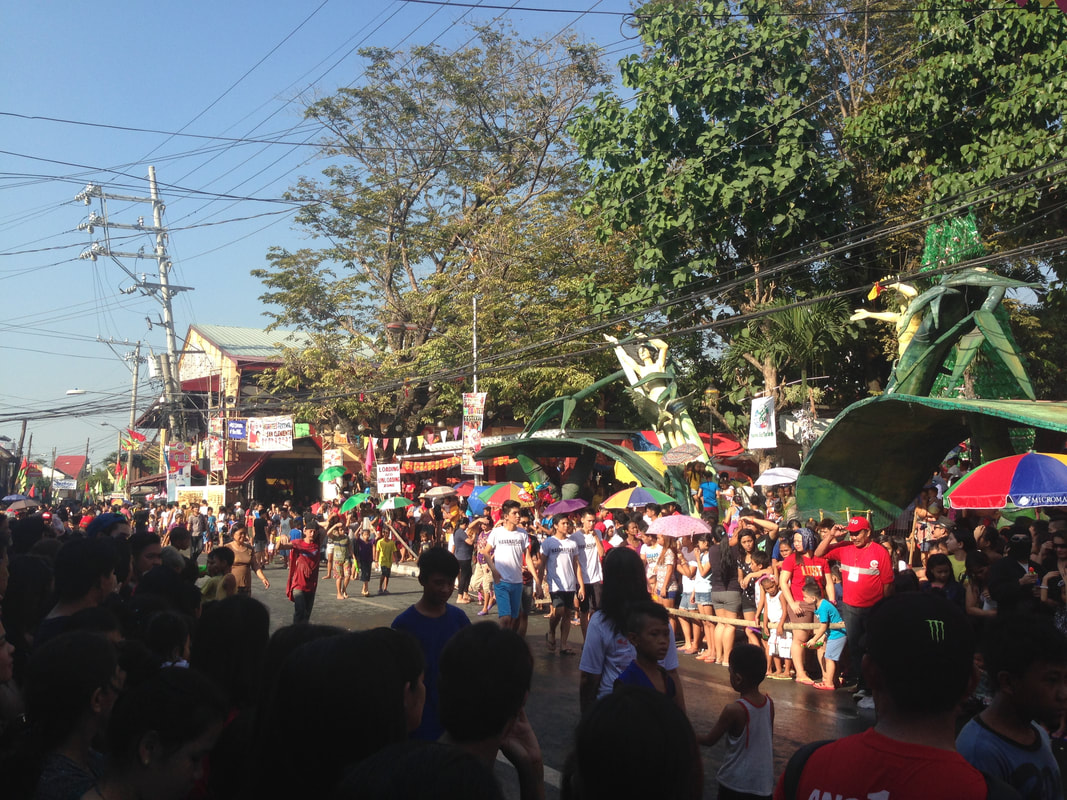
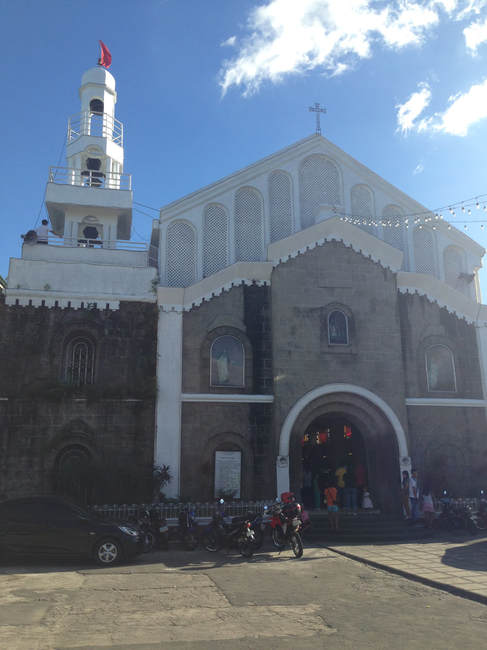
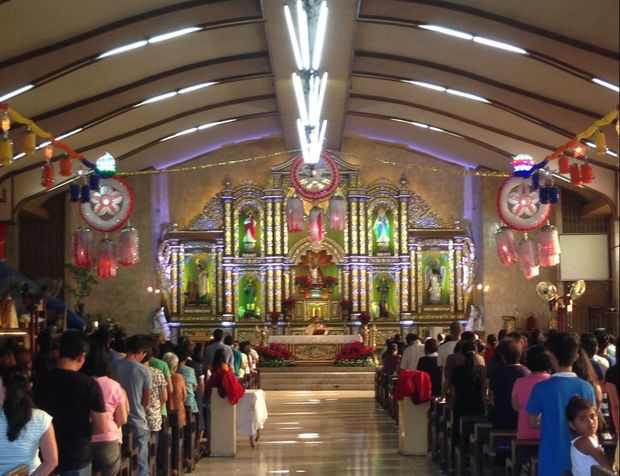
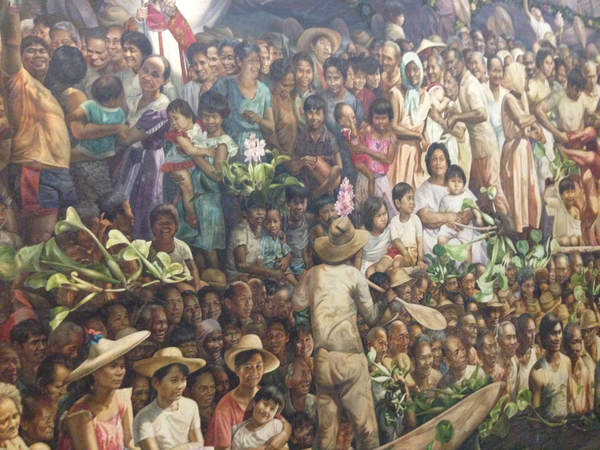
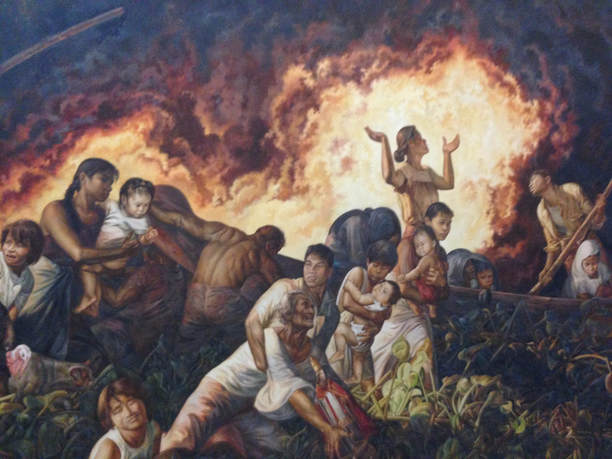
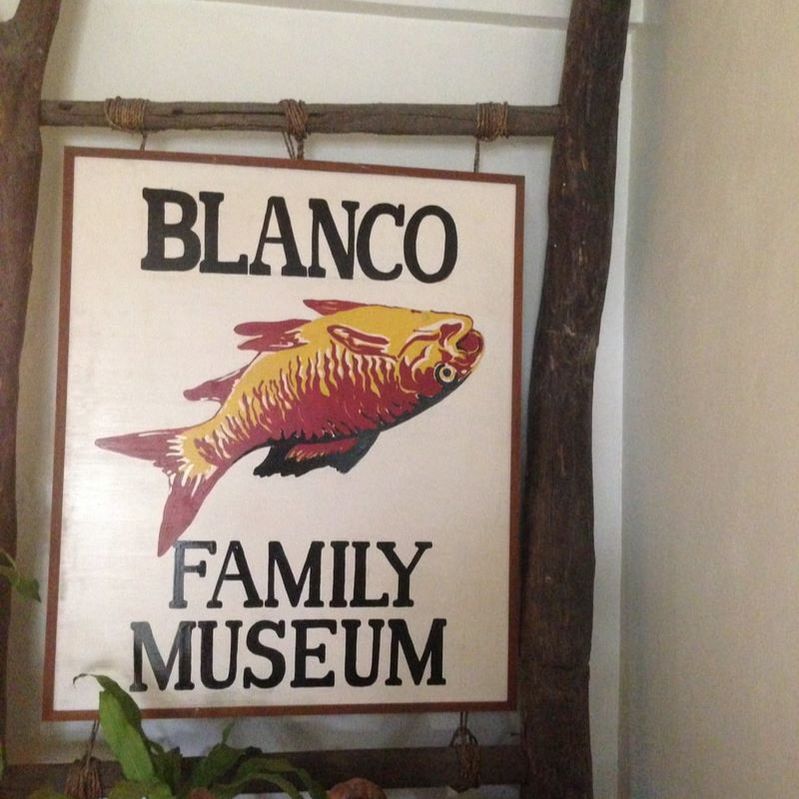
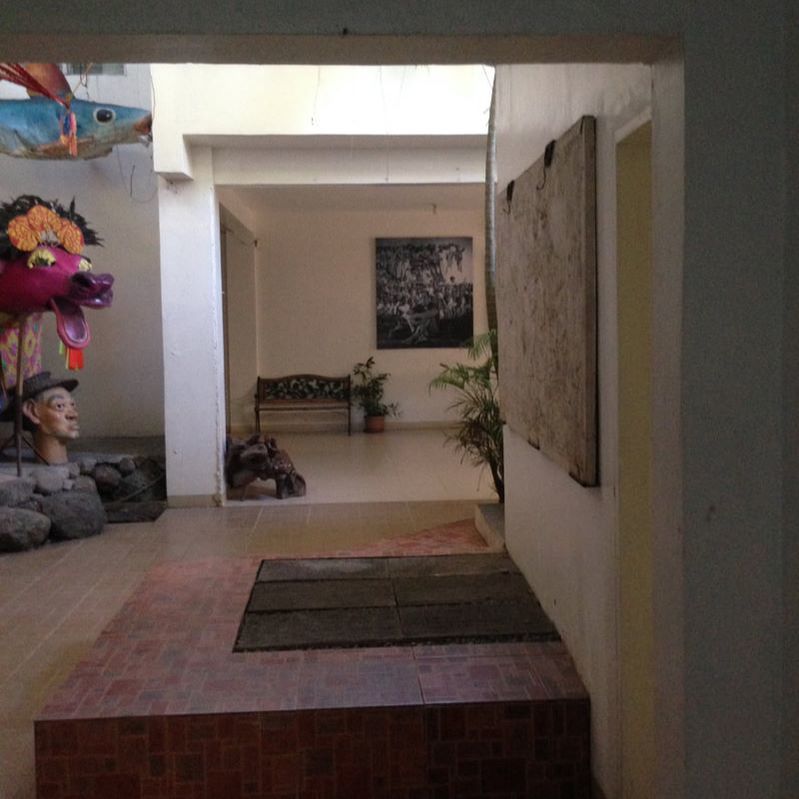
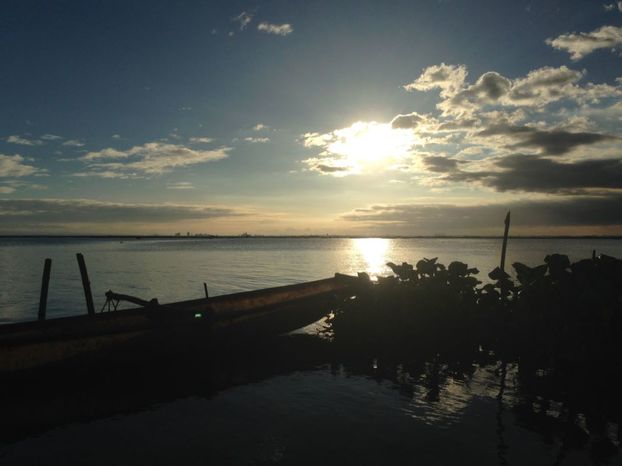
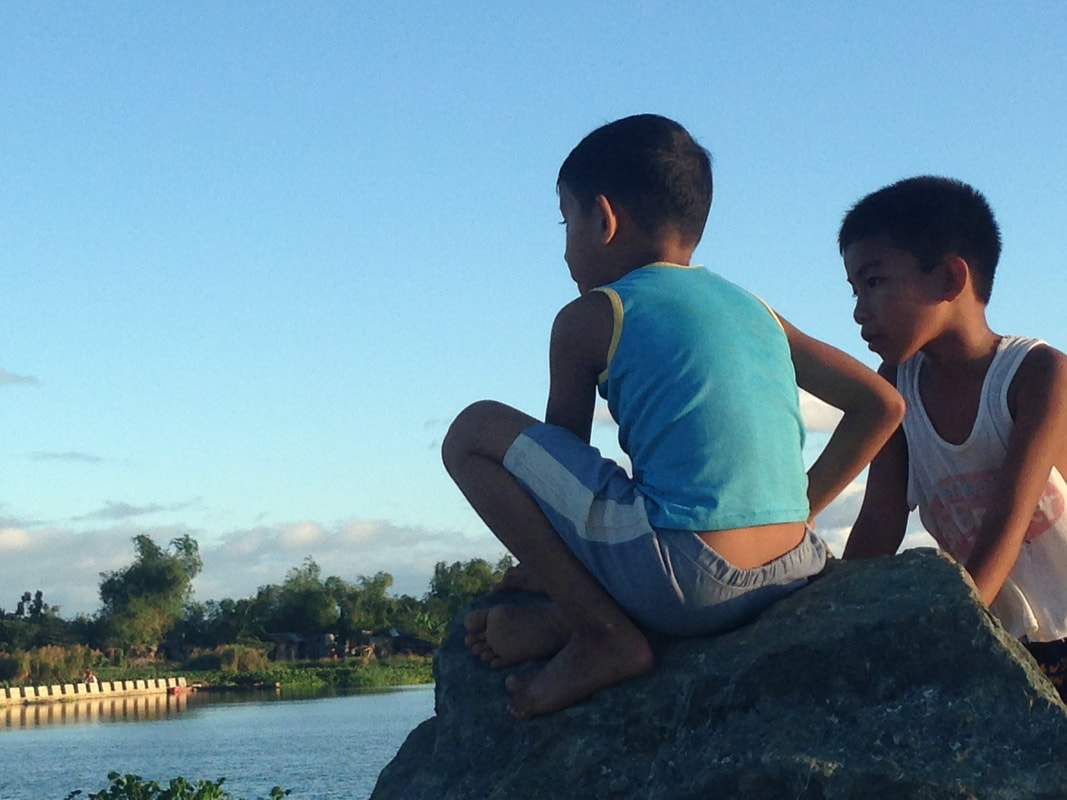
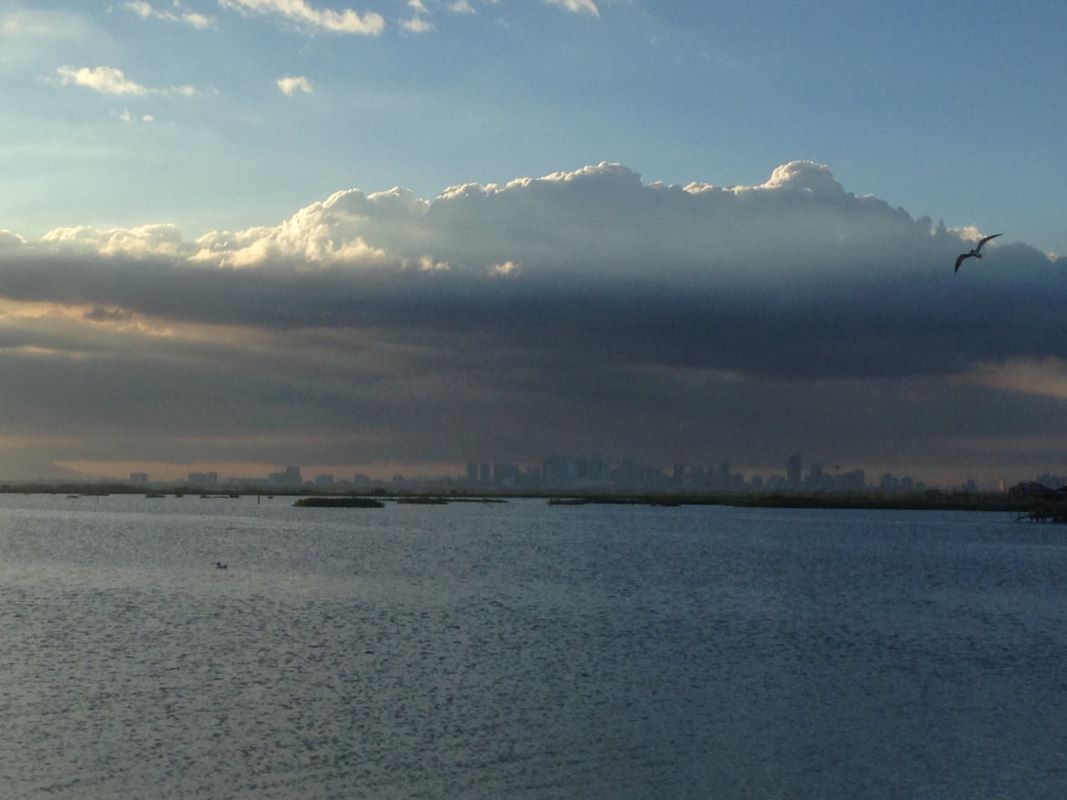
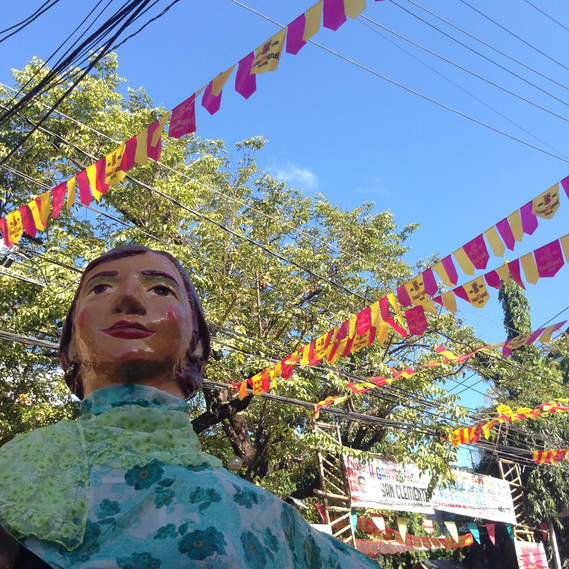
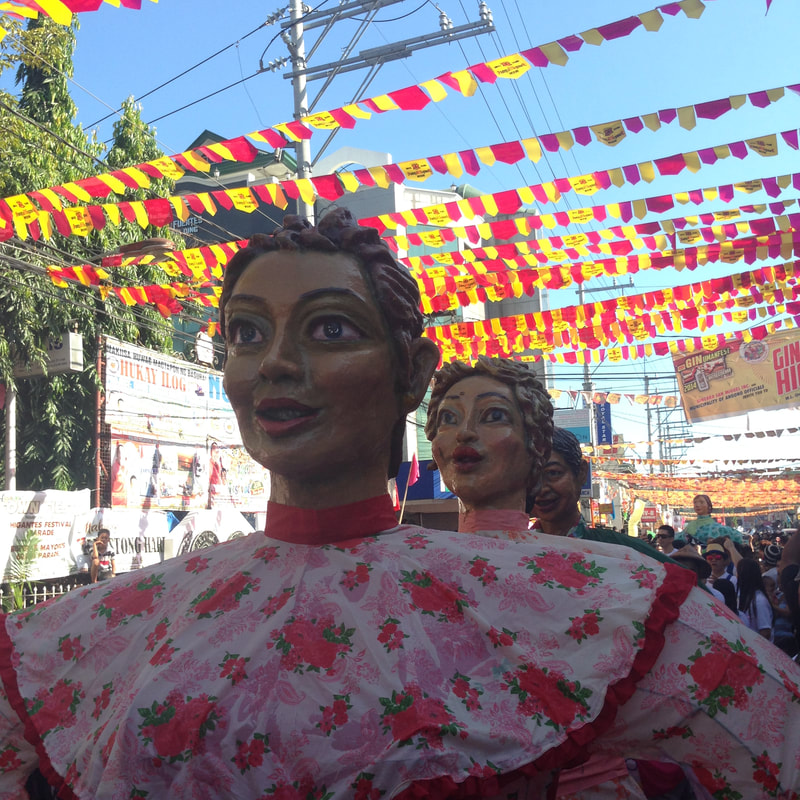
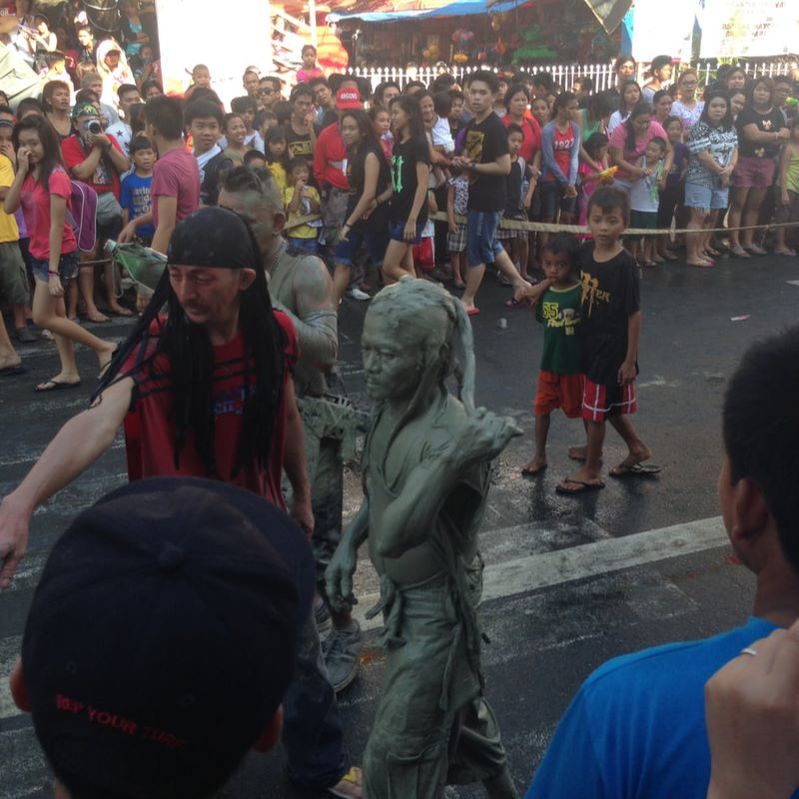

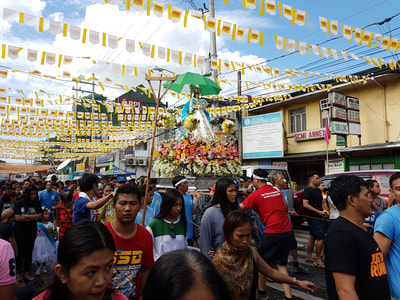

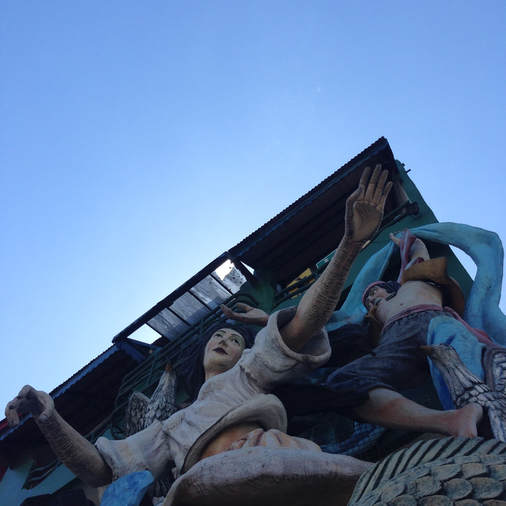
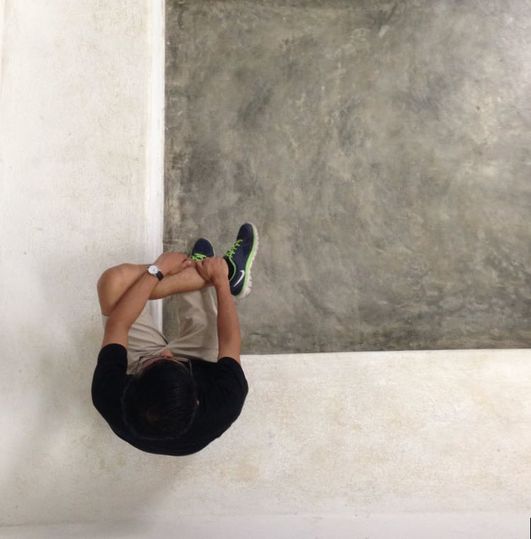




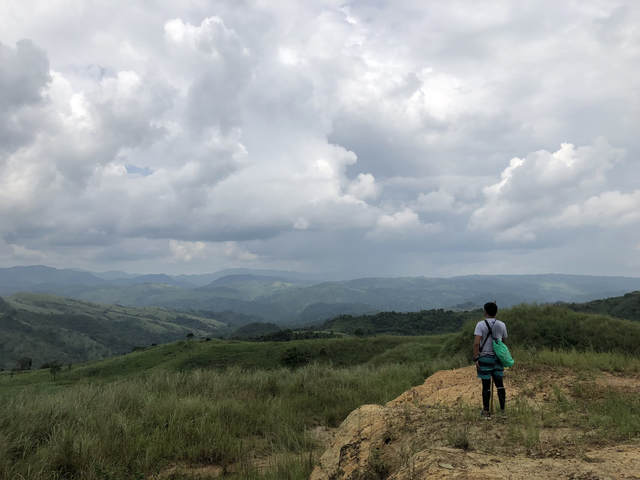
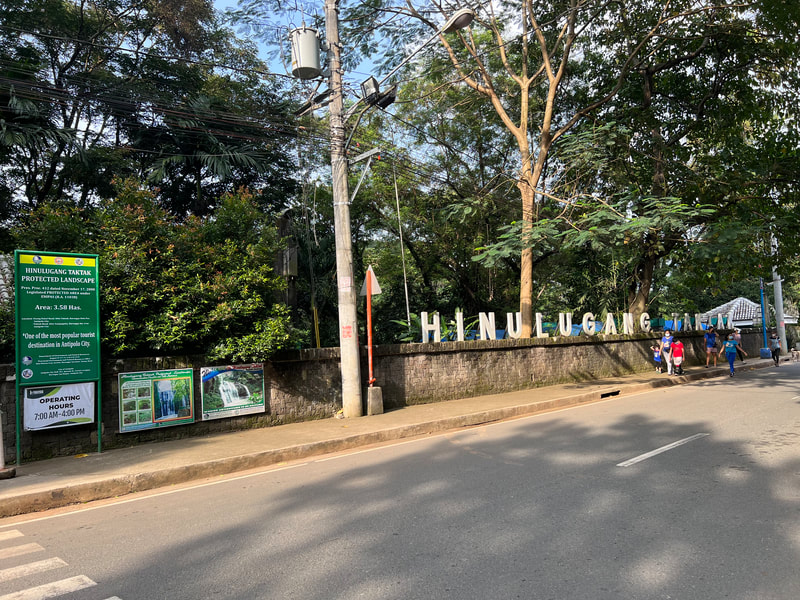

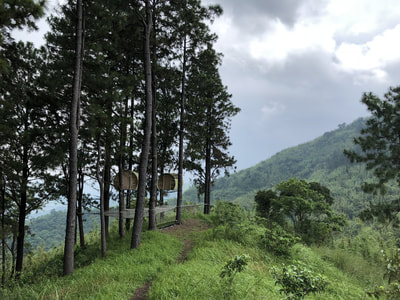
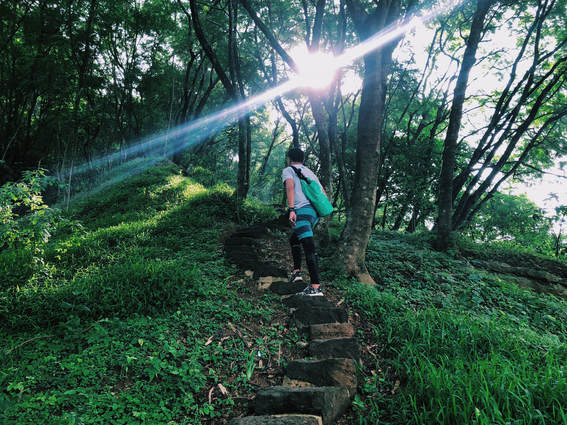
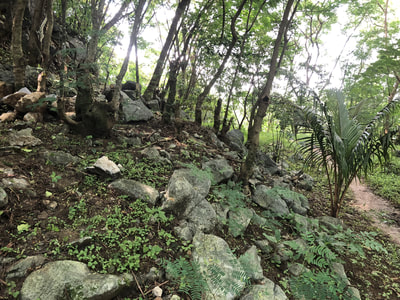
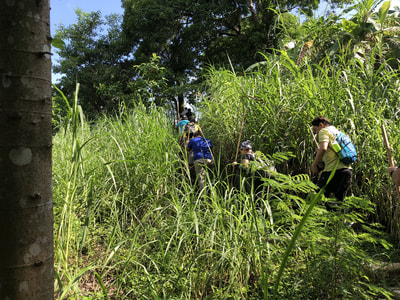
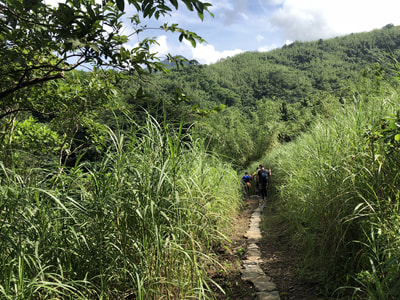
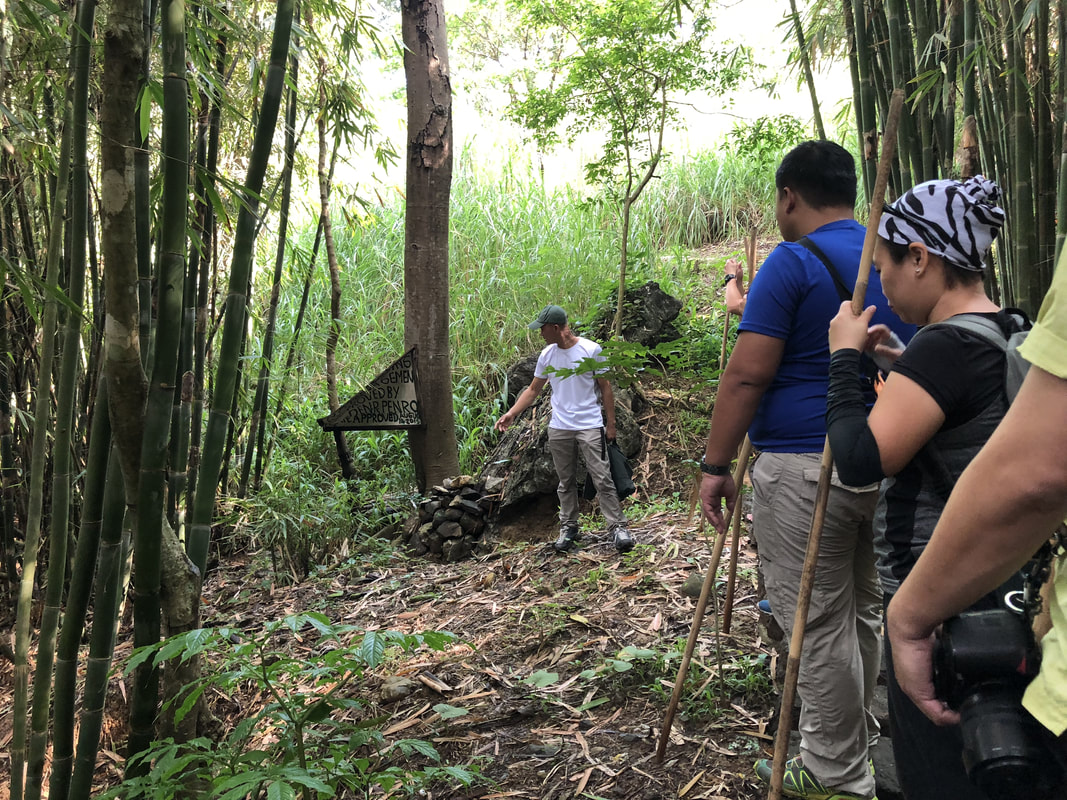
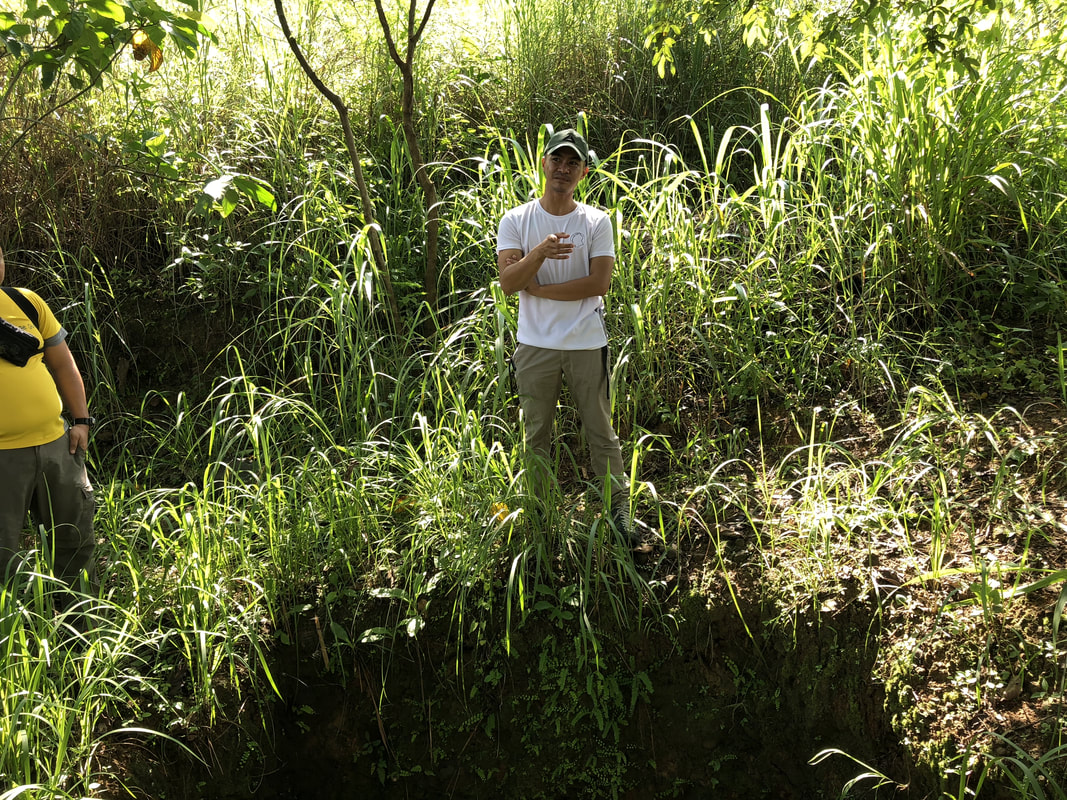

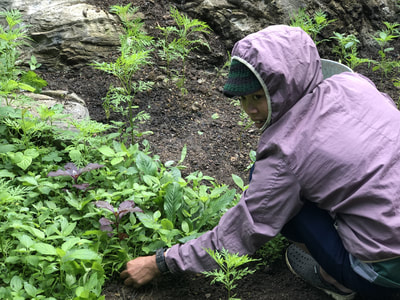
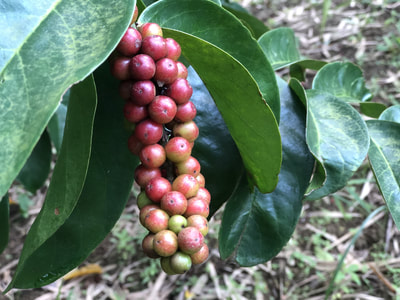
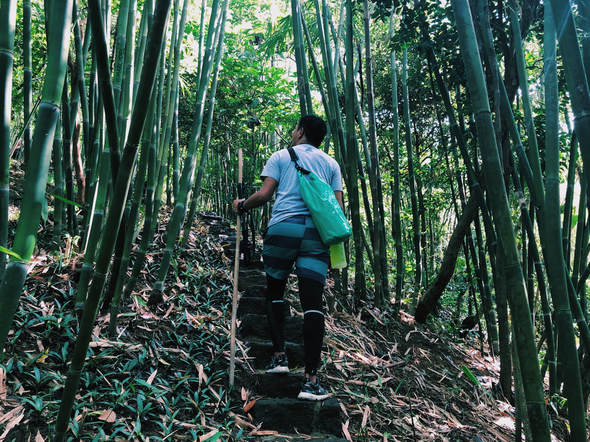
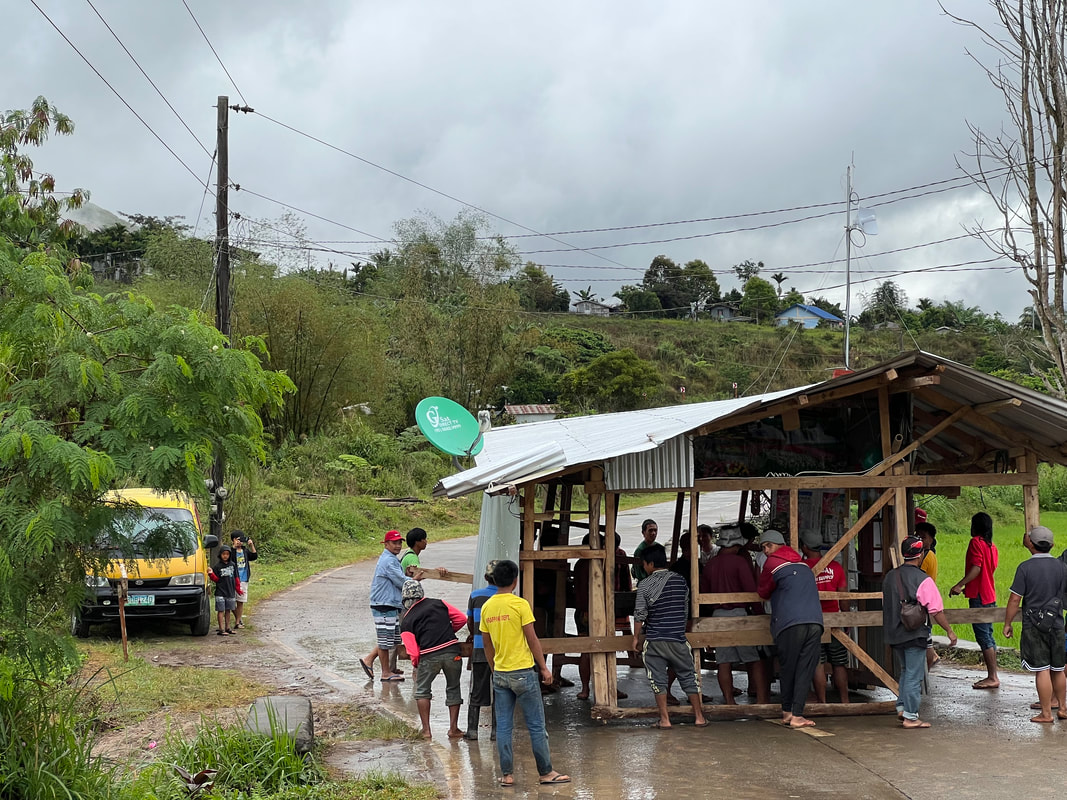
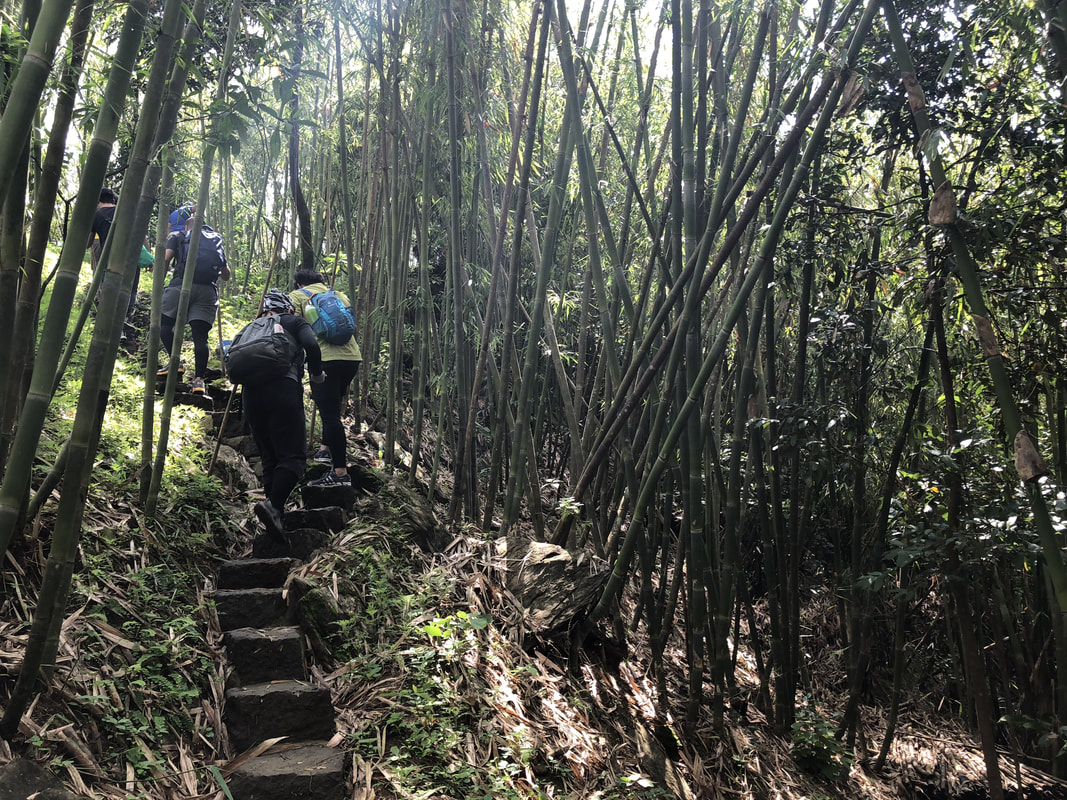

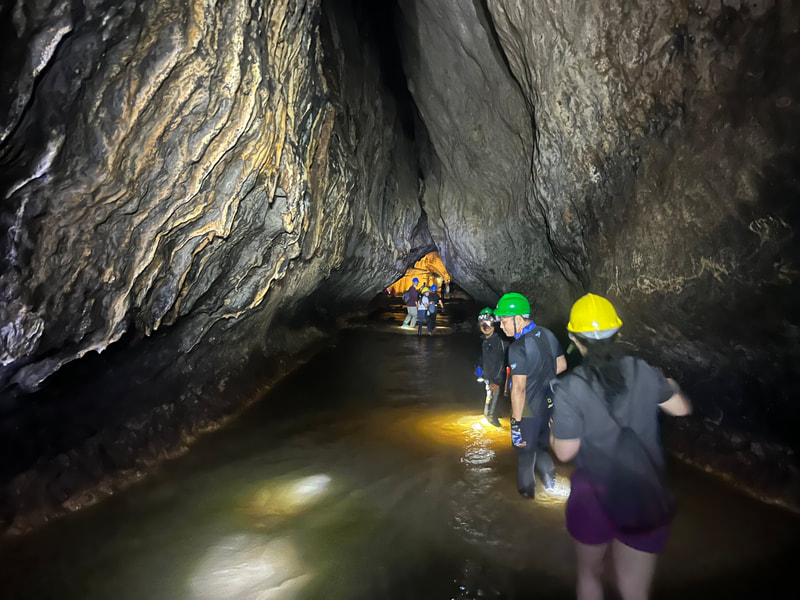
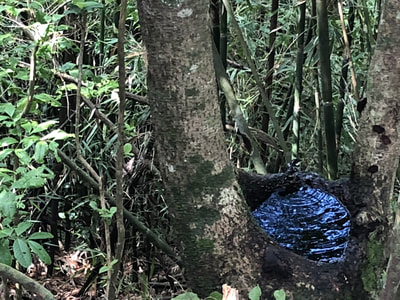
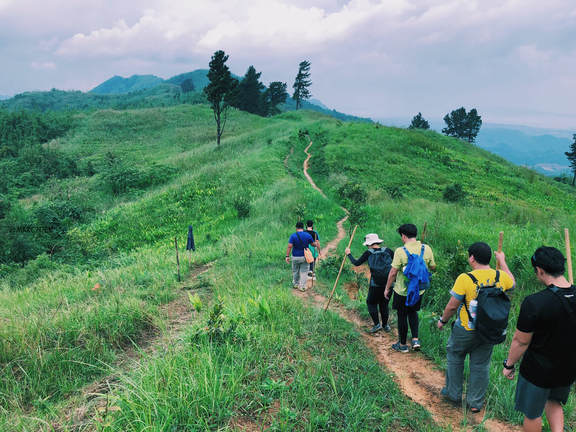
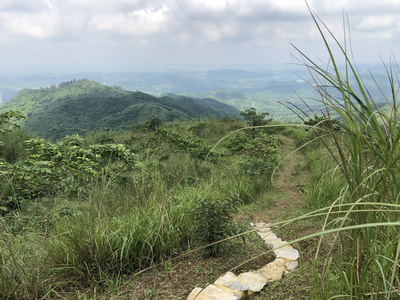
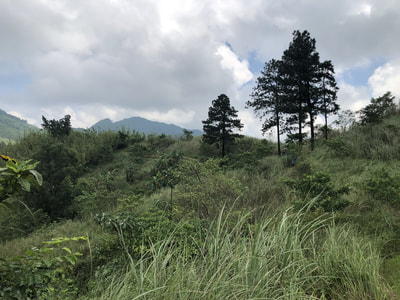
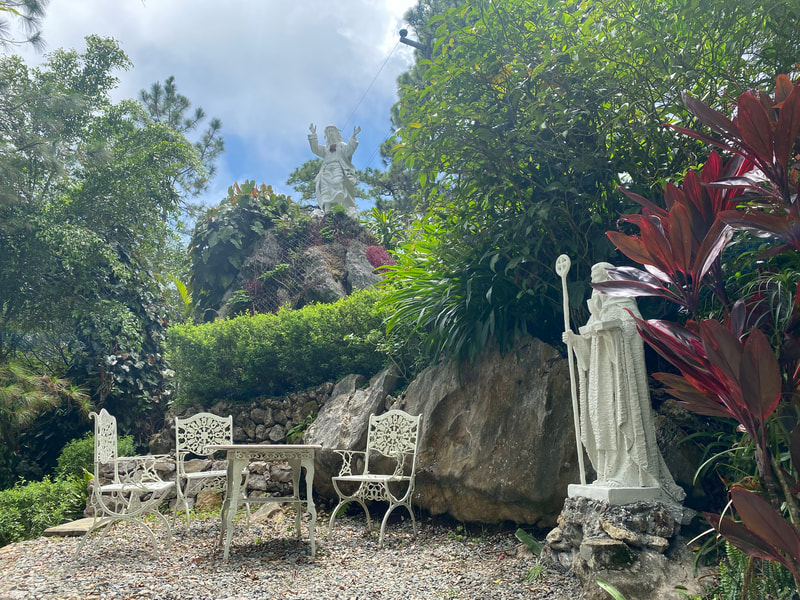
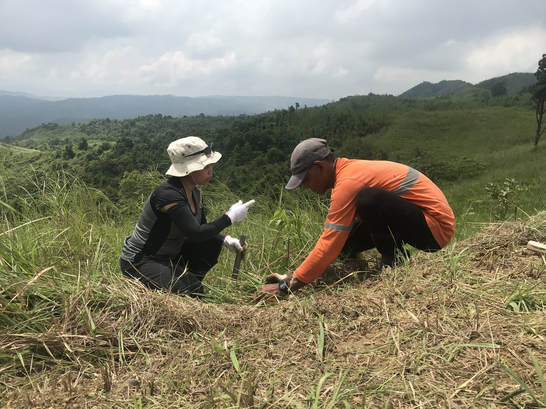

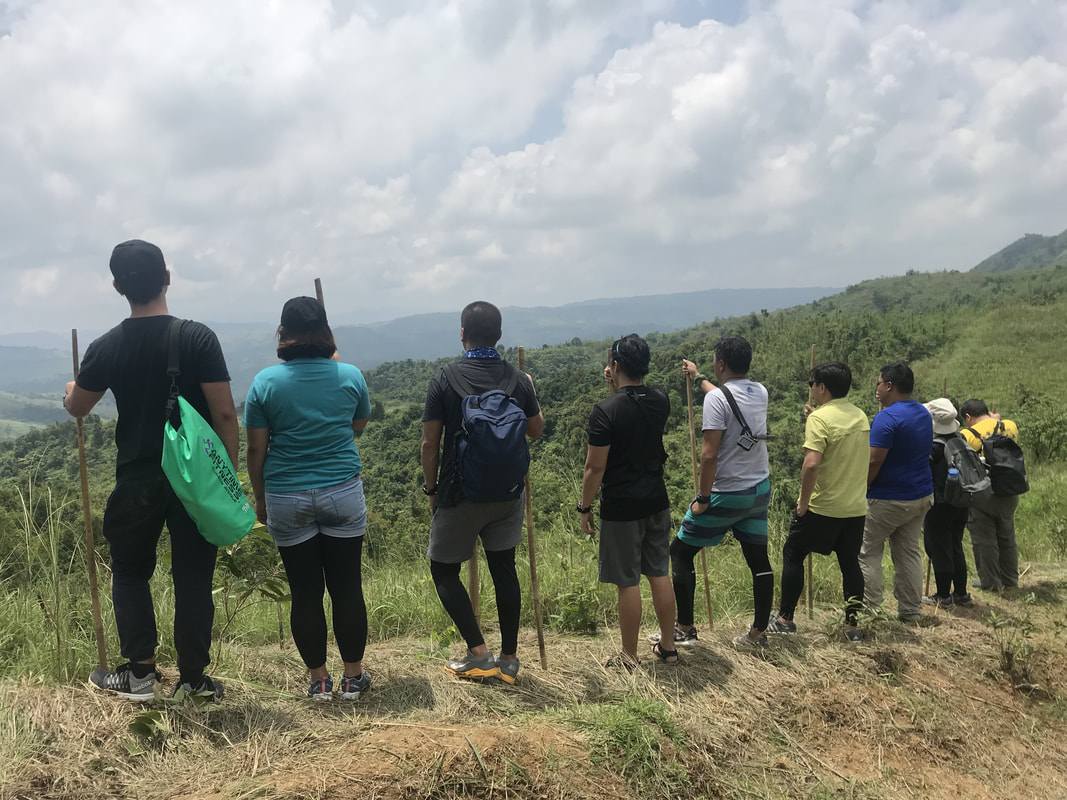
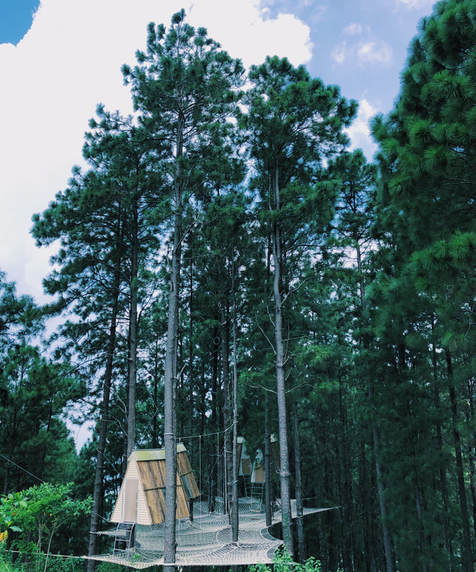
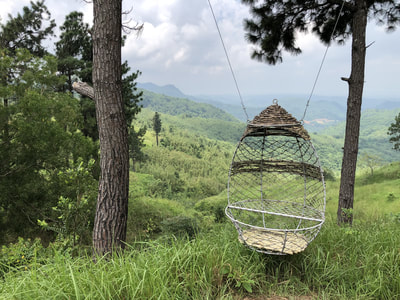
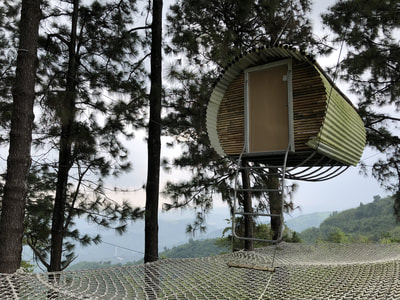

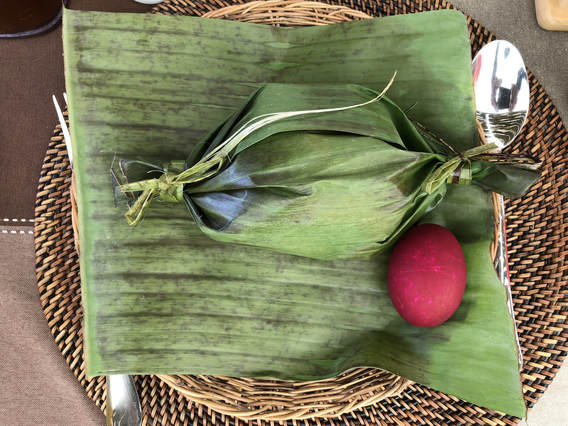
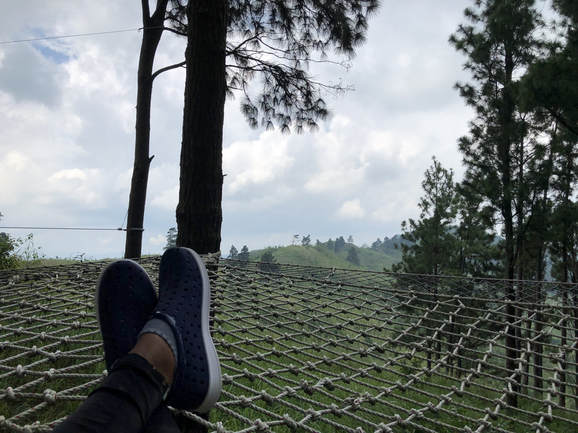
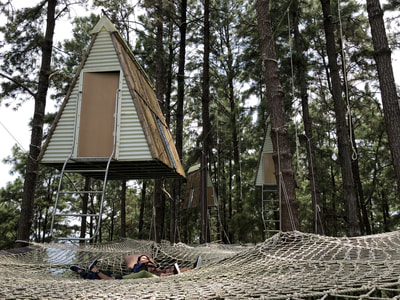
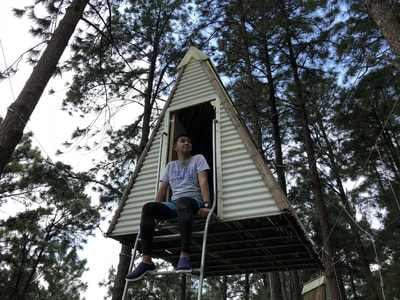
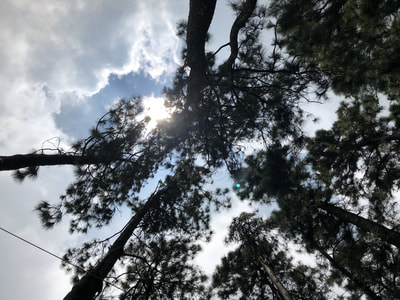
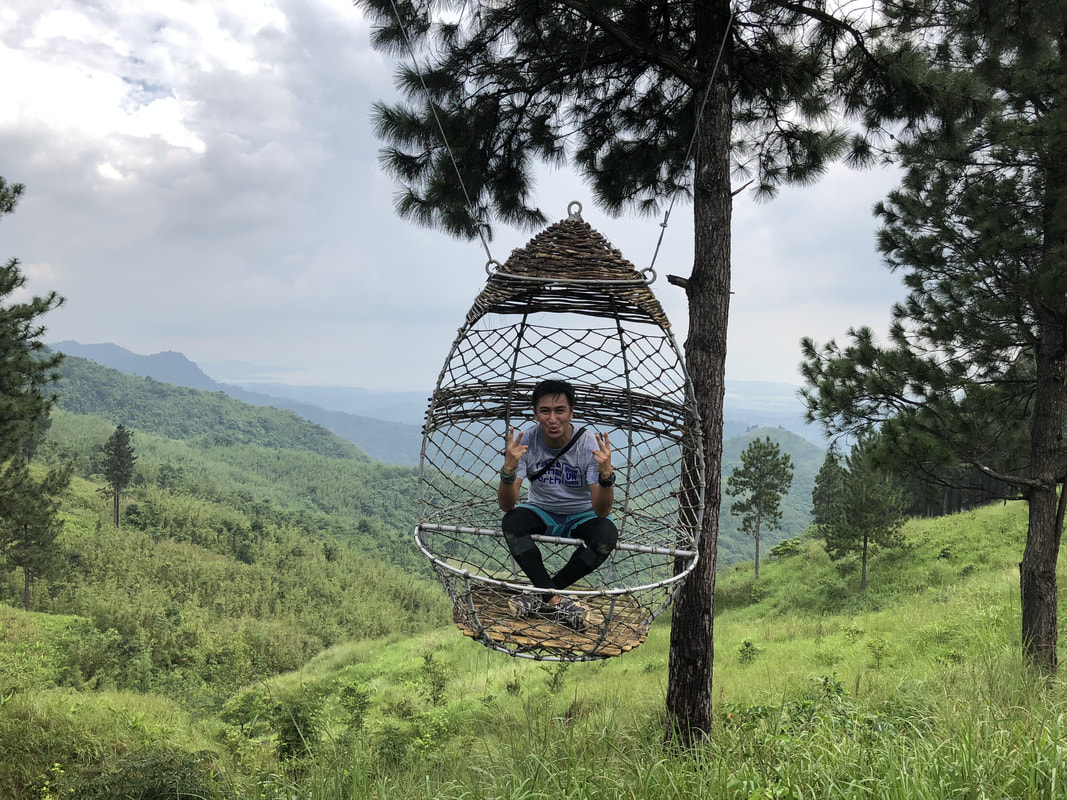
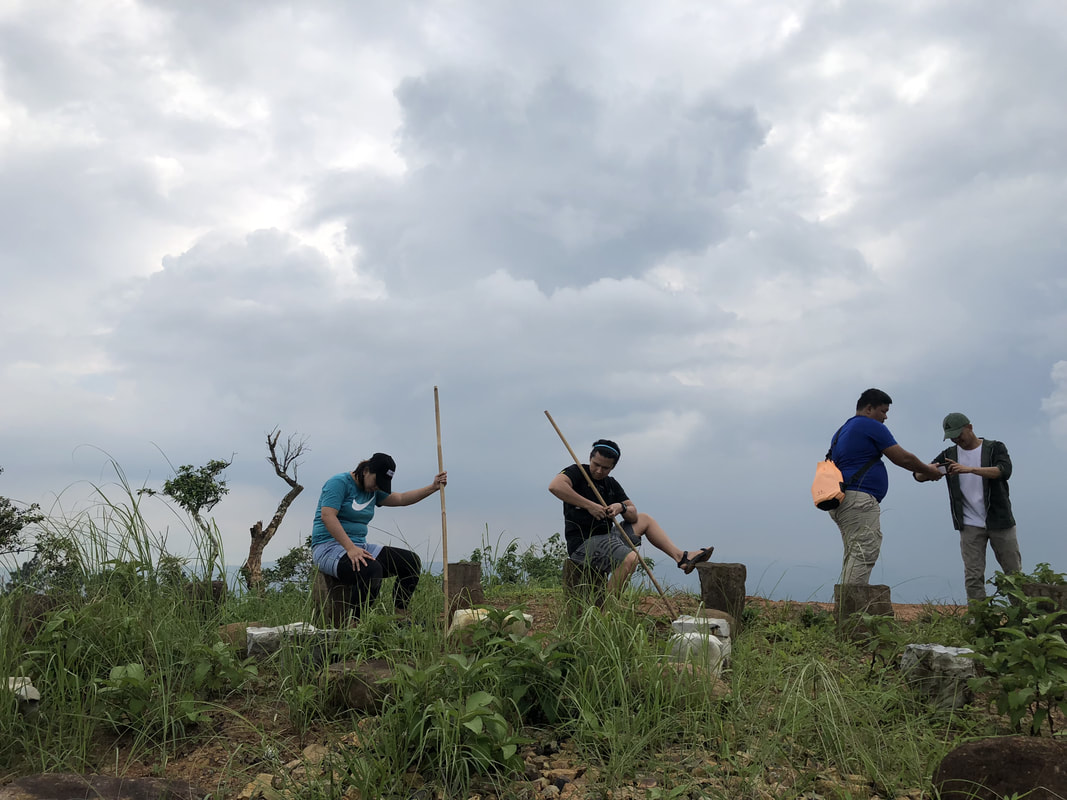
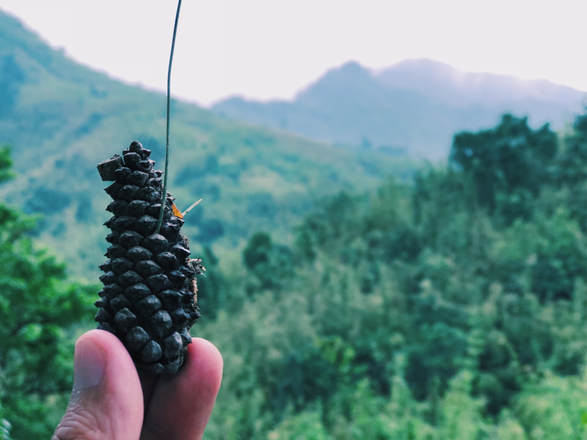





 RSS Feed
RSS Feed